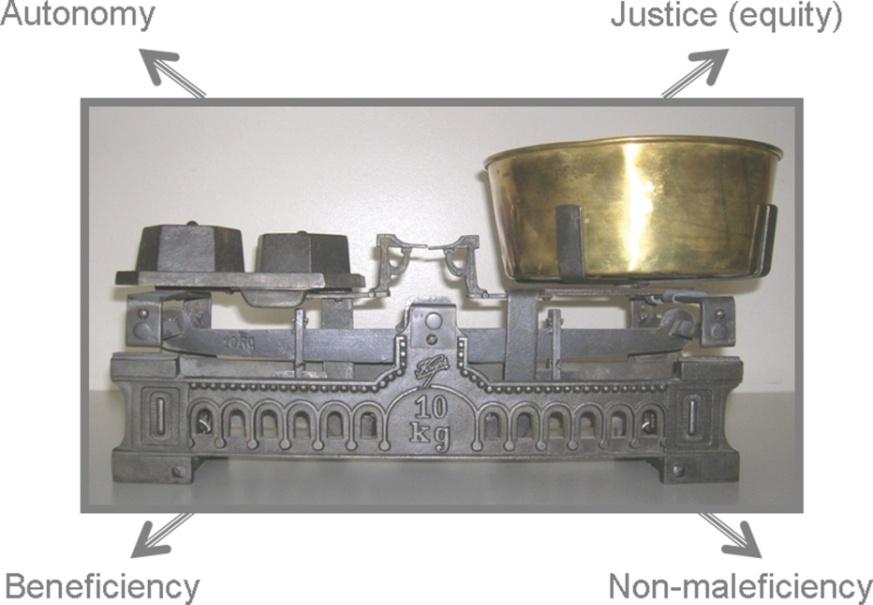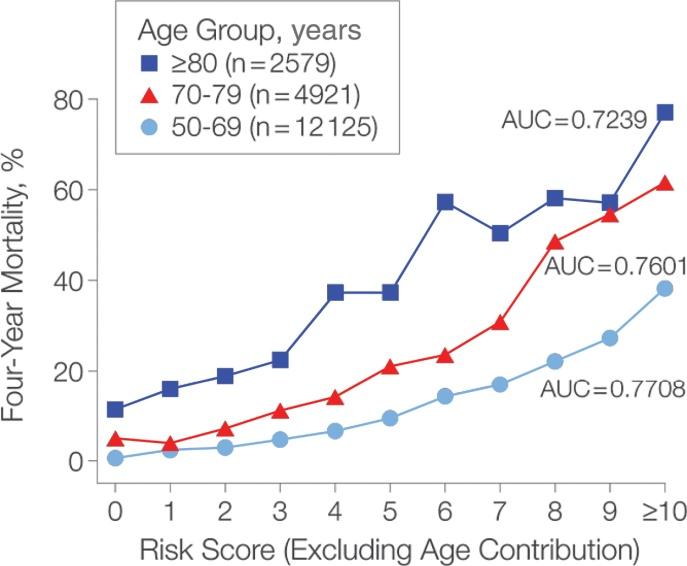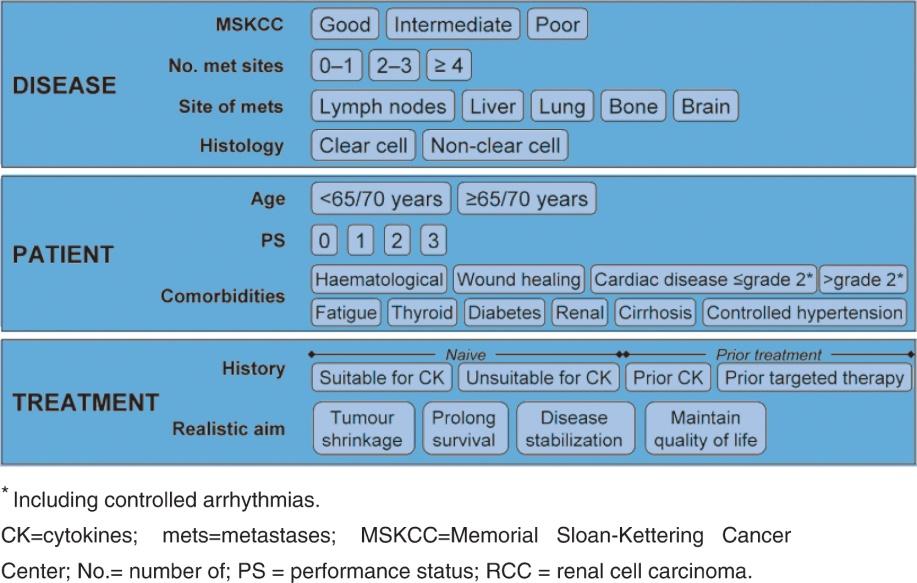
2 minute read
Efficacy and Outcome of Radiotherapy in the Ageing
not be totally representative for the overall population. Therefore, the current literature gives biased reports about delivering aggressive treatments within clinical studies that sometimes have to be significantly modified because of acute treatment-related toxicities when given to patients outside the clinical trial setting.
Advertisement
Most of the reports about the efficacy of radiotherapy in the elderly originate from university hospitals or dedicated cancer centres with a specific interest in aggressive approaches. Typically, elderly patients are often per se excluded from clinical trials, and prospective investigations for this selected group are rare. As a consequence, management of cancer in the elderly often cannot be based on first-level evidence.
Population-based data sets from cancer registries may represent alternate ways to gain insight into specific questions within this group. Results in regional and non-university hospitals are typically worse in outcome parameters. Often, radiation therapy in this setting is based on conventional fractionation of only moderate doses. Long-distance transportation to centralised radiotherapy units may be responsible for early discontinuation, significant treatment interruptions, and an increased overall treatment time leading to a worse outcome. However, population-based estimates of survival benefit associated with combined modality therapy (radiation and chemotherapy), in elderly patients with locally advanced NSCLC demonstrate that survival benefits associated with combined modality therapy can be extended to the elderly in routine care settings. However, mortality might be increased depending on the kind of therapy used (i.e. sequential or concurrent, induction or consolidation chemotherapy).
To increase overall compliance and delivery in patients, often dose/ fractionation compromises are made, by reducing the number of individual fractions and increasing the dose per single fraction. This hypofractionation approach, with fewer than five fractions per week or reduced overall fraction number has been investigated in older and frail patients, leading to overall lower biological doses. The consecutive outcome is generally poorer, at least compared with standard fractionation in most solid tumours. Inadequate doses may potentially compromise the chances of cure for elderly, but the use of novel radiotherapy techniques may significantly improve the quality of life and overall survival in the elderly.
There is no clear justification from radiation biology that radiation effects to the tumour tissue itself may be significantly different in older compared with younger patients. When looking at the literature, a subgroup analysis from several randomised trials with concurrent chemoradiotherapy protocols in solid tumours gave even more promising results in the older patients’ subset (e.g., Radiation Therapy Oncology Group (RTOG) study 94–10 in locally advanced NSCLC). Furthermore, good primary tumour control rates of patients with medically inoperable T1-T2 NSCLC have been replicated in patients aged at least 75 and over 80. Therefore, when cure is aimed for, no dose density or overall dose compromises should be allowed based solely on age alone.





